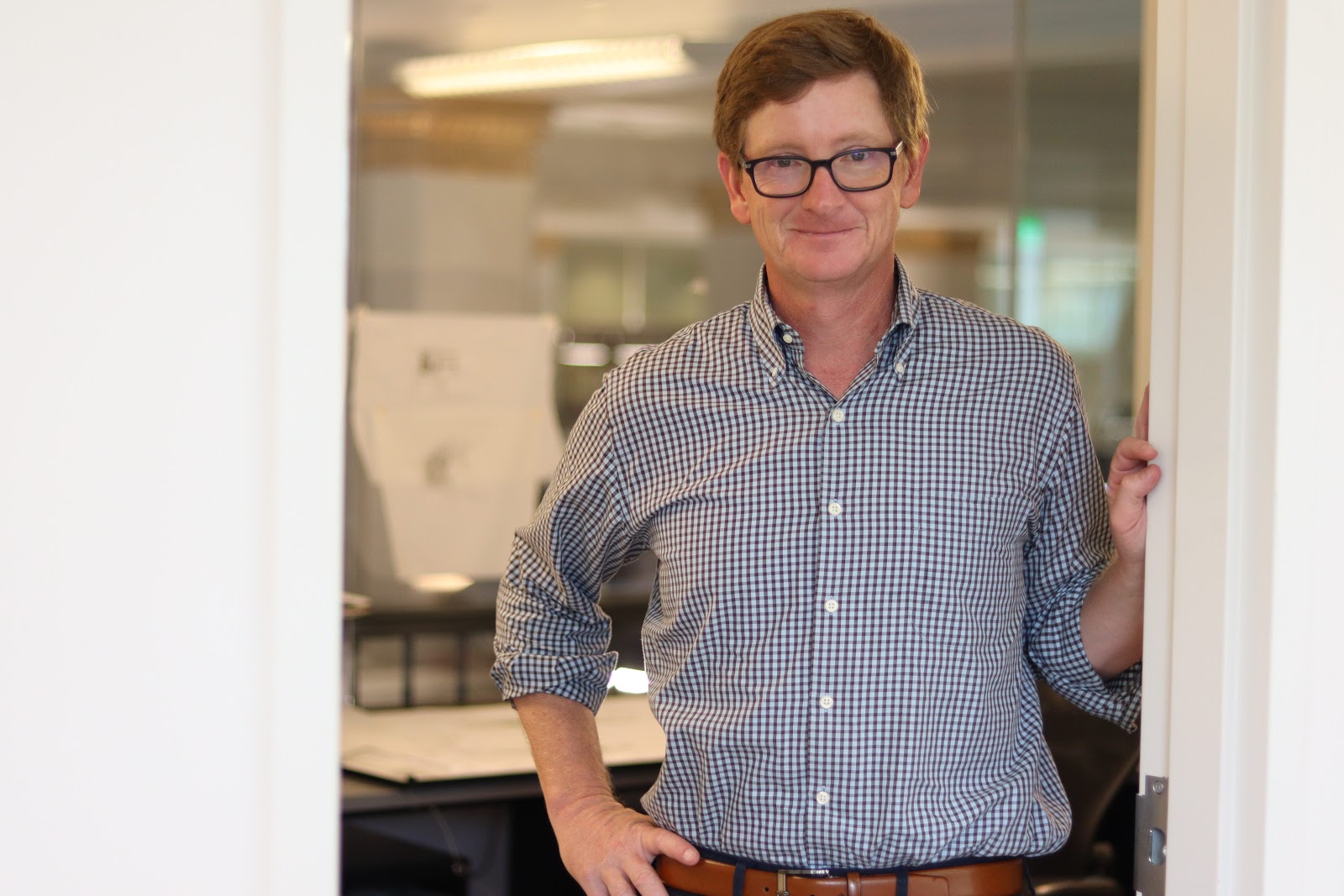
Get to know John G. Wilson, a Forge member, Birmingham native and landscape architect with Golightly Landscape Architecture. See pictures of his gorgeous designs, and find out where the name Golightly comes from (*Spoiler Alert: It’s not Breakfast at Tiffany’s). Plus, three essential questions to ask before hiring a landscape architect!
Meet John G. Wilson, the Hands Behind Golightly Landscape Architecture
John Founder of Golightly Landscape Architecture in Birmingham. He started his business in 2004 after a decade of working in the field with other talented landscape architects around the Eastern United States.
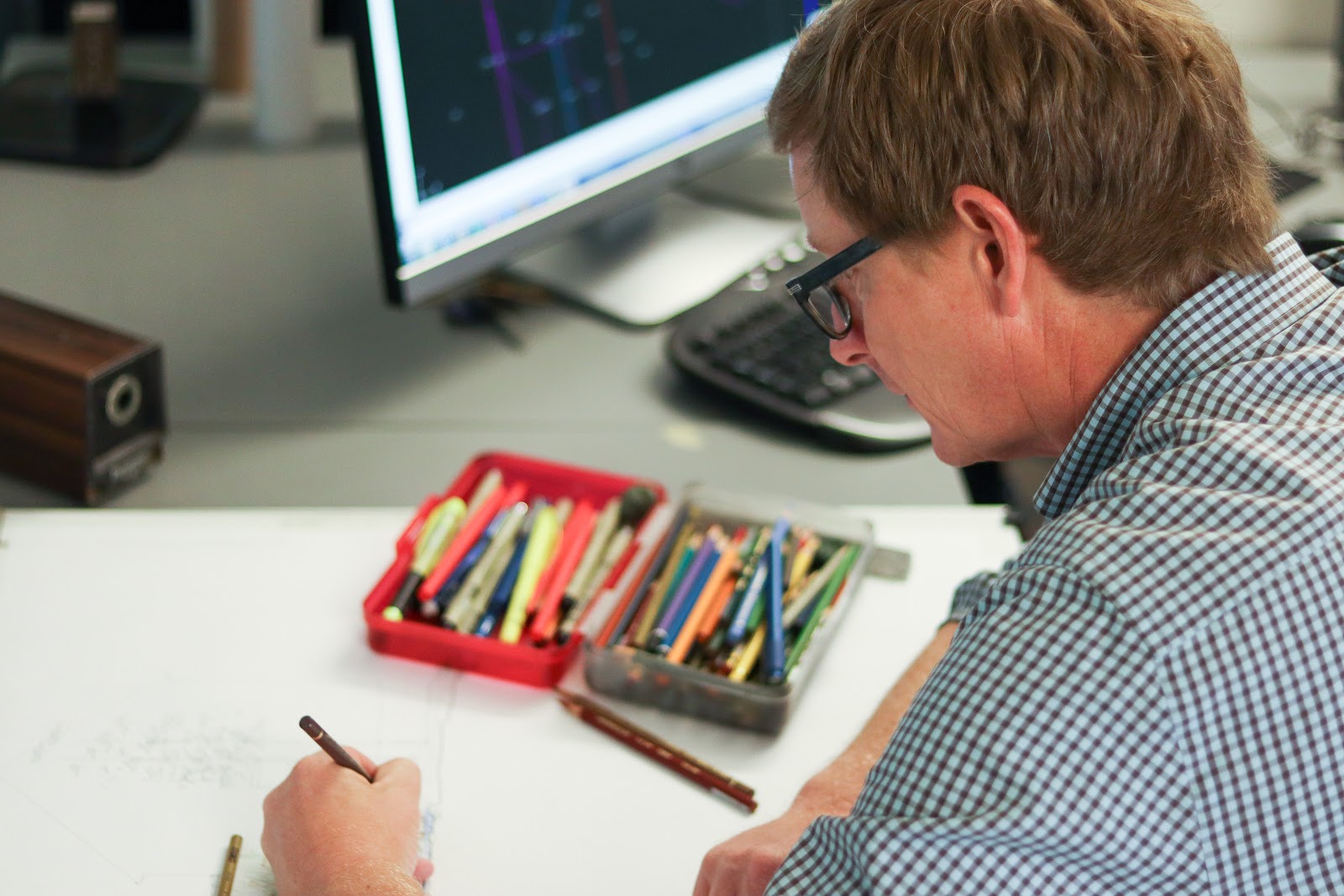
Over the span of his nearly two-decades-long career, John has worked on countless projects around the U.S under a multitude of studios and firms. But almost a decade ago, he found his way back home to Birmingham, where it all started.
What’s in a Name: Golightly Landscape’s Influences + Early Starts
Growing up, John was introduced to drawing and painting by his mom. He’d watch her doodle while she was on the phone, and she eventually taught him to draw and paint.
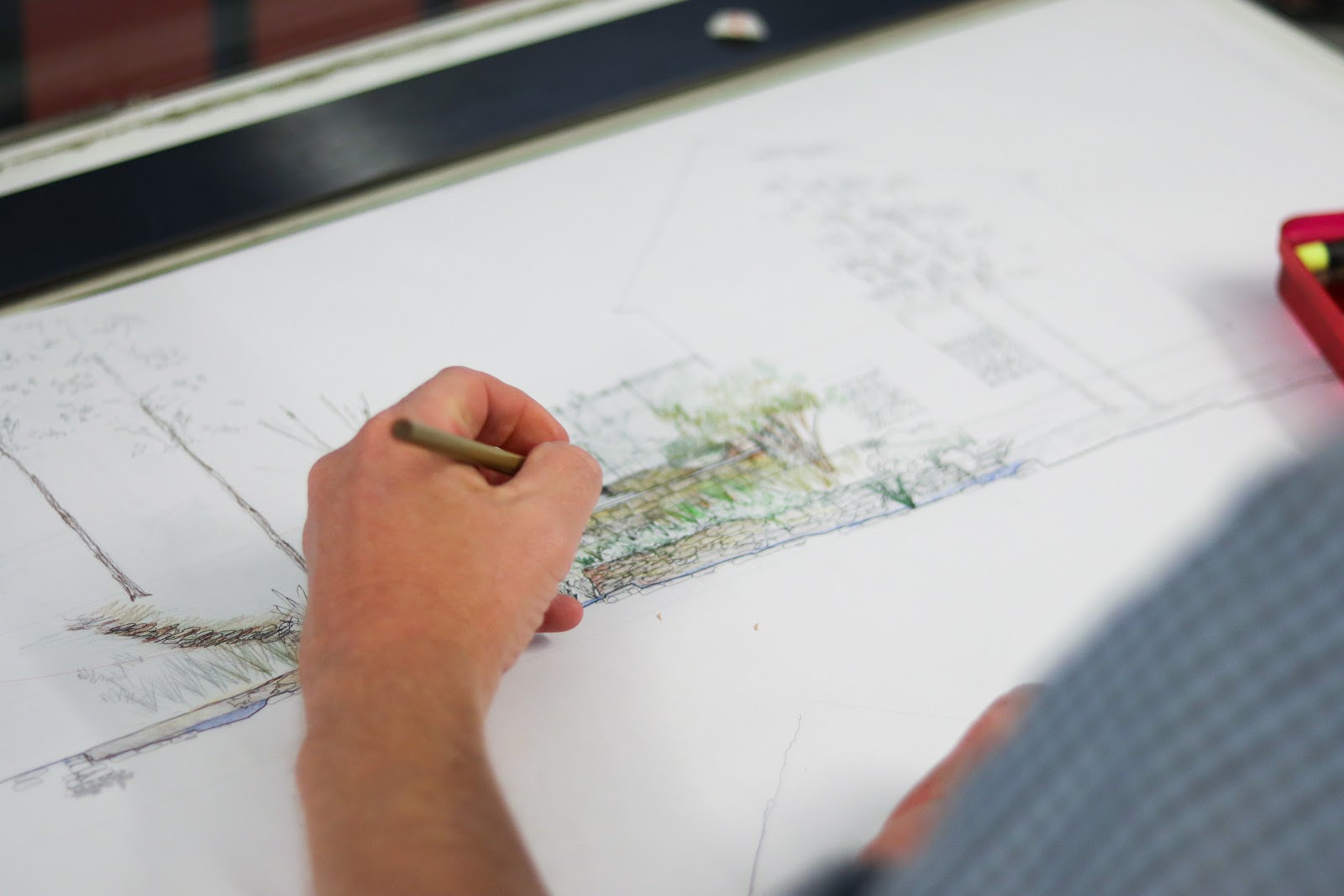
“My mother’s maiden name is Golightly, and it’s my middle name. That’s where the name comes from.”
John’s style is natural, but when it comes to the client, he lets the project speak for itself.
According to John, he gets his design ideas from the existing architecture of a home, the client’s needs and the parameters of what the site will allow. They often use native plants, sustainable materials and natural hardscaping (materials like wood, stone, etc. for paved areas, driveways, walkways, etc.) in their designs.
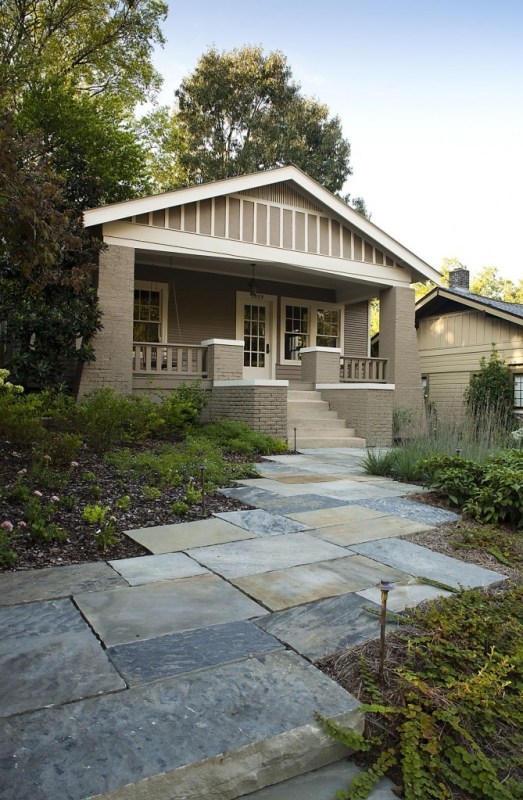
You can find his work in 80+ residential gardens from Maryland’s east coast to Pensacola Beach, Florida.
His projects range in size from intimate gardens to entire estates. And in Birmingham, you can find a recent project at The Altamont School’s Lily Field—their soccer field named after Lily Rushton who passed away in 2009. There he designed a gateway into the field.
“It was really rewarding to be working with the family, knowing what it was about and who it was for. And it was finished just in time for them to host a wedding reception at the field for one of Lily’s siblings.”
A couple of his influences include the Landscape Architect Russell Page and Wolfgang Oehme—one of the founding principals at the Washington DC firm, Oehme van Sweden & Associates, where he worked for four years.
On Wolfgang Oehme/Oehme van Sweden & Associates Inc.:
“He/They taught me to have fun with plants, introducing me to a whole world of plants that are often overlooked. With each client I try to get them to use this influence: to take some chances with plants, and as the framed picture of Wolfgang on my office wall says, ‘Plant Different’.”
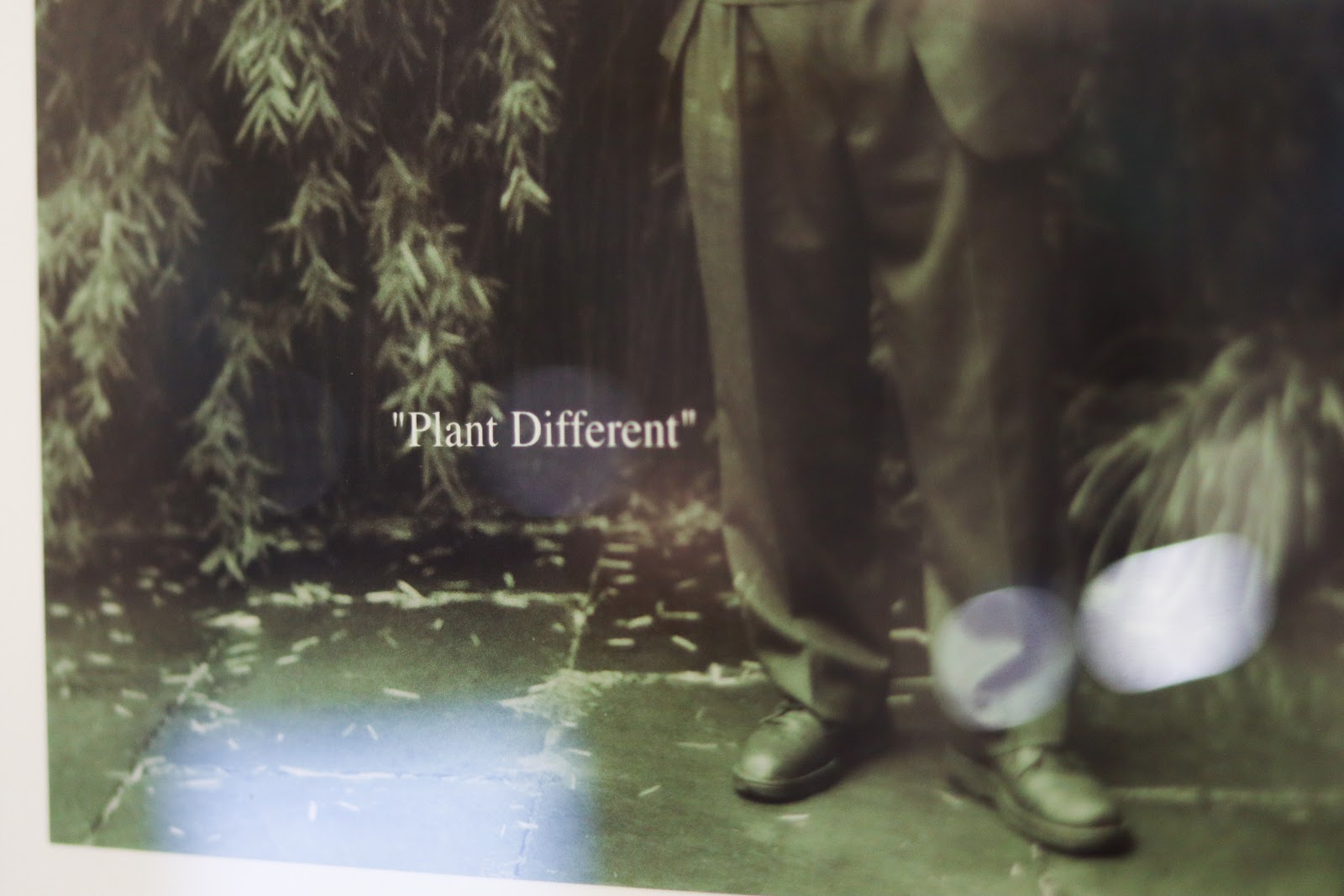
3 Essential Questions to Ask Before Hiring a Landscape Architect From John G. Wilson himself
Can you take me on a garden tour of some of your projects?
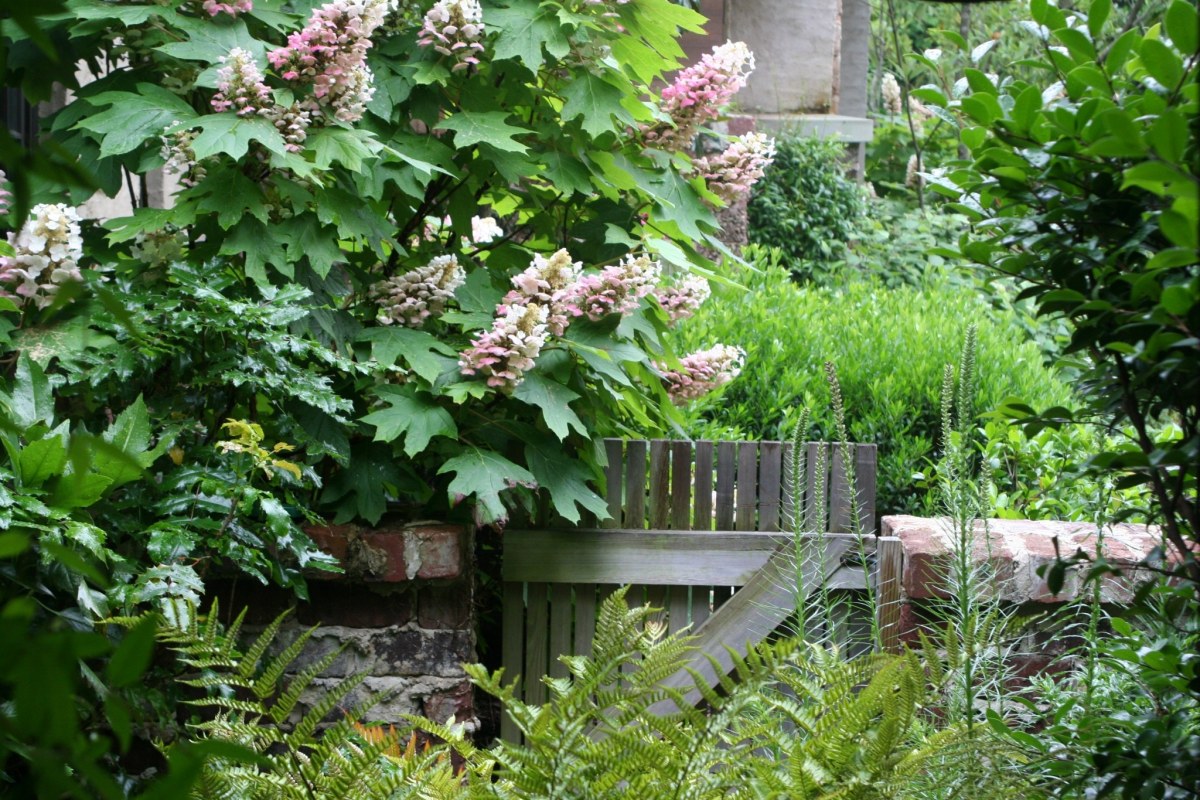
This will allow the client to see some of their work in person. As well as provide time together to get to know each other. In residential design it is important for the LA (landscape architect) to know how their client lives:
- Are they ‘gardeners’, flower arrangers, do they have pets, children, ect.
- Ideally this is a long term relationship that grows as the garden grows, the family grows, and interest/ needs change.
What is your design process and how do you structure your fees?
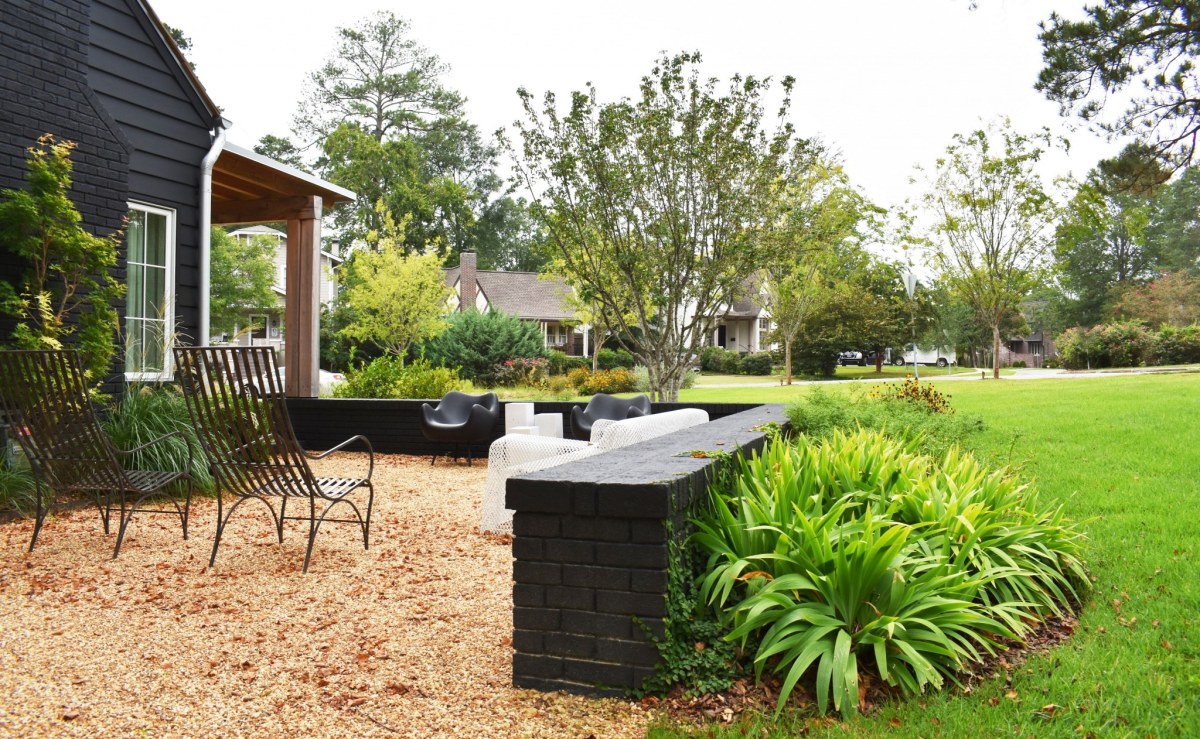
It is important that parameters are set on both ends of what to expect financially. I will not start a project until I have a signed contract in hand. My proposals outline my design process through phases and what is provided for the proposed fees. It includes:
- detailed notes on specific items/project elements discussed at the first meeting
- a clear explanation of what is not included and would be considered ‘additional services’ such as zoning board presentations or hand tagging plant material
I am not very good at visualizing designs through architectural renderings, how can we verify I truly understand what you are proposing?
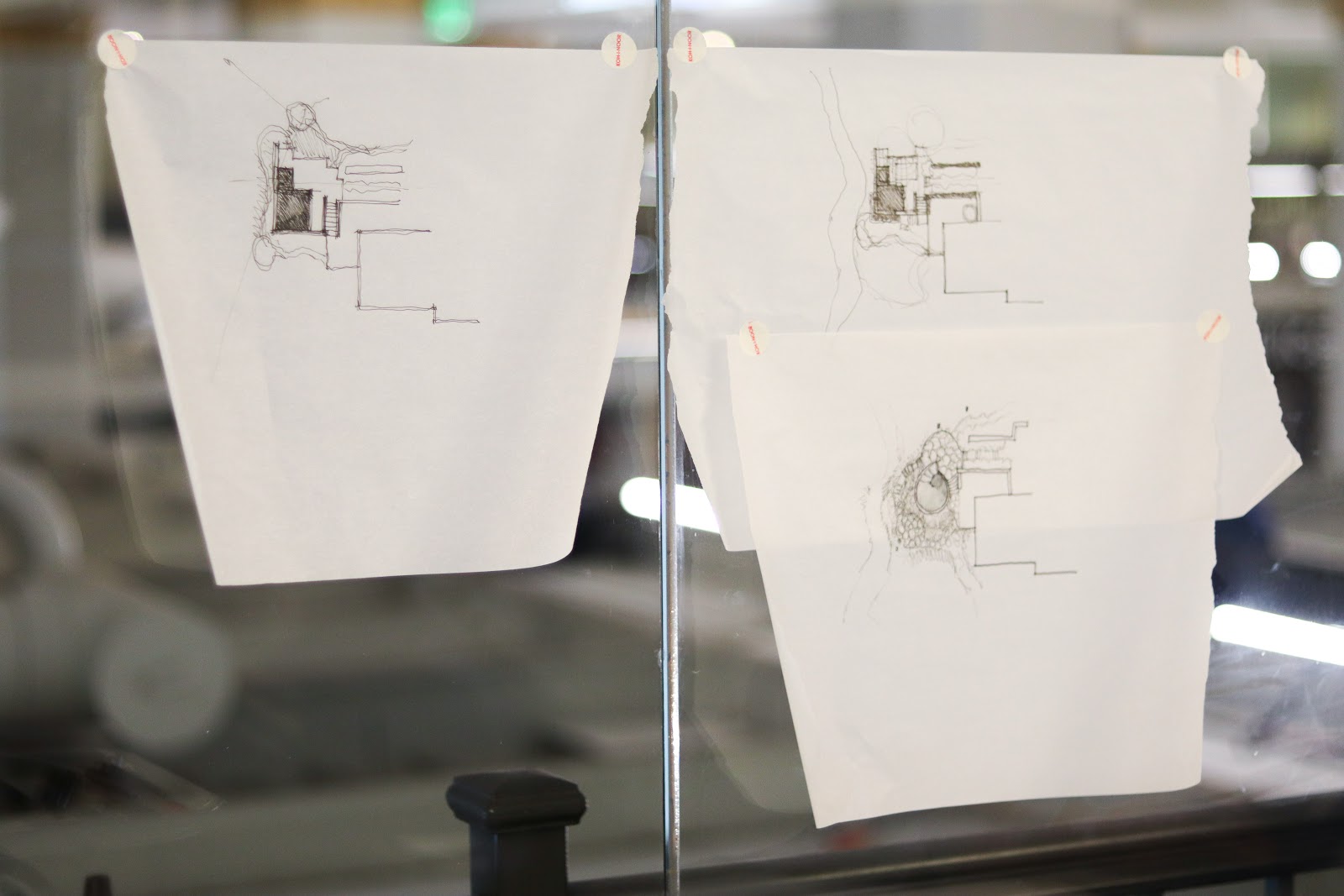
LA’s have years of experience reading architectural plans, but often our clients do not. Bridging that gap early in the process is important. Our firm tries to establish early what means of visual communication is needed to clearly describe our intentions. Alternate methods we employ to compliment our plans include:
- garden tours
- image boards of plant material, paving material, and similar spaces and garden elements such as fences and gates
- as needed 3 dimensional renderings (which may be considered an additional service)
Why Forge is the Perfect Fit

Before he snagged his office at Forge, John worked in an office on Morris Avenue. Surrounded by lawyers, he knew he needed somewhere more creative—Somewhere he could grow. That’s when he found Forge, the co-working space above The Pizitz Food Hall.
It was perfect for John because it was buzzing with other creatives and small businesses—and two years later, it still is! At Forge he’s been able to network with and learn from other local movers and shakers. The downtown location was just an added bonus.
Think Forge could be the perfect fit for you too? Find out more about them here.
